curatorial text
Philippe Cyroulnik
I discovered Elena Dahn‘s work in an exhibition she did in Buenos Aires, back in 2010. Later, in 2011, I showed her work in a small place called Sentimental Confusion. In the meantime, Elena Dahn, who spent a season in England, radicalized her matière in an astonishing way, making it go deeper and get denser.
Dahn is in the process of full development of her work, she has left behind certain narrative aspects that were present in her previous pieces, making space for results that are both simple and complex in simultaneous. Actually, she had already exercised a certain clean method in her sculptures where, departing from certain materials (particularly silicone and plaster) she was able to generate shapes characterizable as polysemic. What is also remarkable is her demonstrated ability to integrate parameters born from the historical experiences of contemporary sculpture. Thus, her attention to the potential shapes of each material, its flexibility, ductility, and use of both the soft and the hard in her production of the form displays similarities to those practices of Process-art or antiform.
The economy of work, its detachment from any story, and its concentration on the shapes of the materiality of each medium echoes post-minimalist practices. And yet we are far from a pure formalism. Thus, if the properties of the liquid plaster deposited in a band on a paper (raised vertically) are taken into consideration by Elena Dahn, two decisive elements come together here: the inscription of the body within this stretching movement of the semi-liquid material on the paper and simultaneously its capacity to be spilled by gravity. In most of her impressive murals, a formal dynamic and a materialistic approach coexist at the same time. This gives her works a double geological and organic aspect. They depend on the art of folding and assume an almost sexual sensuality that is confirmed without needing to pass through the image. In her way of working the surface, some of her procedures do not evoke the marks and crossroads of the brush on the white canvases of Robert Ryman. And with its way of fitting the full and the empty to shape the matter of the painting and make its surface breathe. Just like him, she inscribes a gesture that assumes at the same time the movement of the hand, its trembling and its part of subjectivity but in a sort of claimed neutrality. We cannot avoid evoking Eva Hesse and her use of the material against the use of a minimalist rigor.
We also think of the organic shapes of Luisa Bourgeois or more recently of the “ambiguous” of Ana María Maiolino. It is no coincidence that part of her production encamps between volume and relief, between sculpture and painting. Her strength is being able to work with the report while working on the stress and articulation. So in her sculptures in this thread that the sculpture has in its twists and folds are also linked. The link starts from the work as changing what must be changed you can see it in certain sculptures by Germana Richier where the stems are as strong as drawings in space. But we must emphasize that when these references are evoked, it is to leave a testimony of what the sculpture of Elena Dahn knew how to assimilate to find her universe. It shows the place that a certain number of women have occupied in the new developments of contemporary sculpture, particularly in Argentina. Elena Dahn is there, with some others, one of the most impressive figures.
view more
exhibition
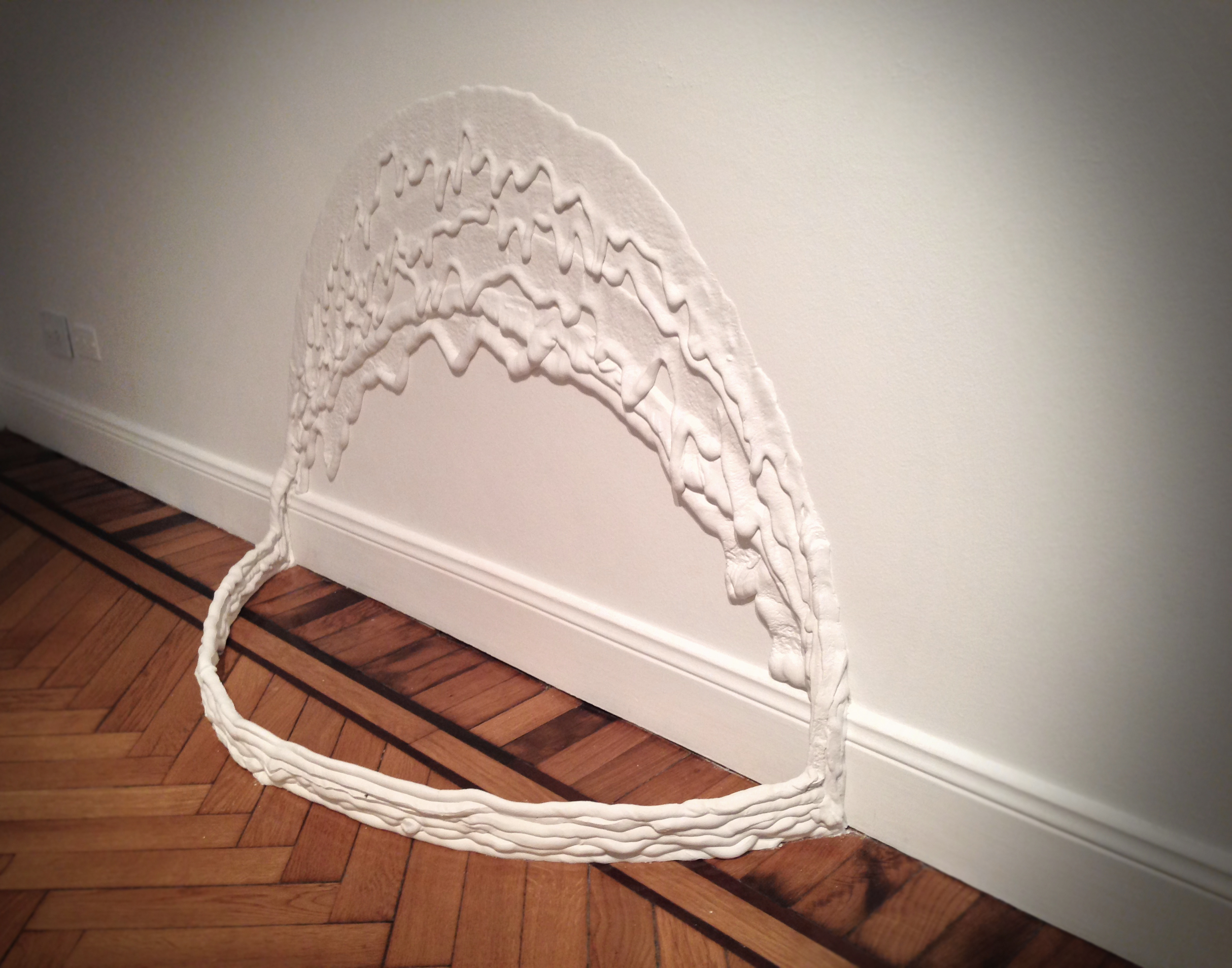

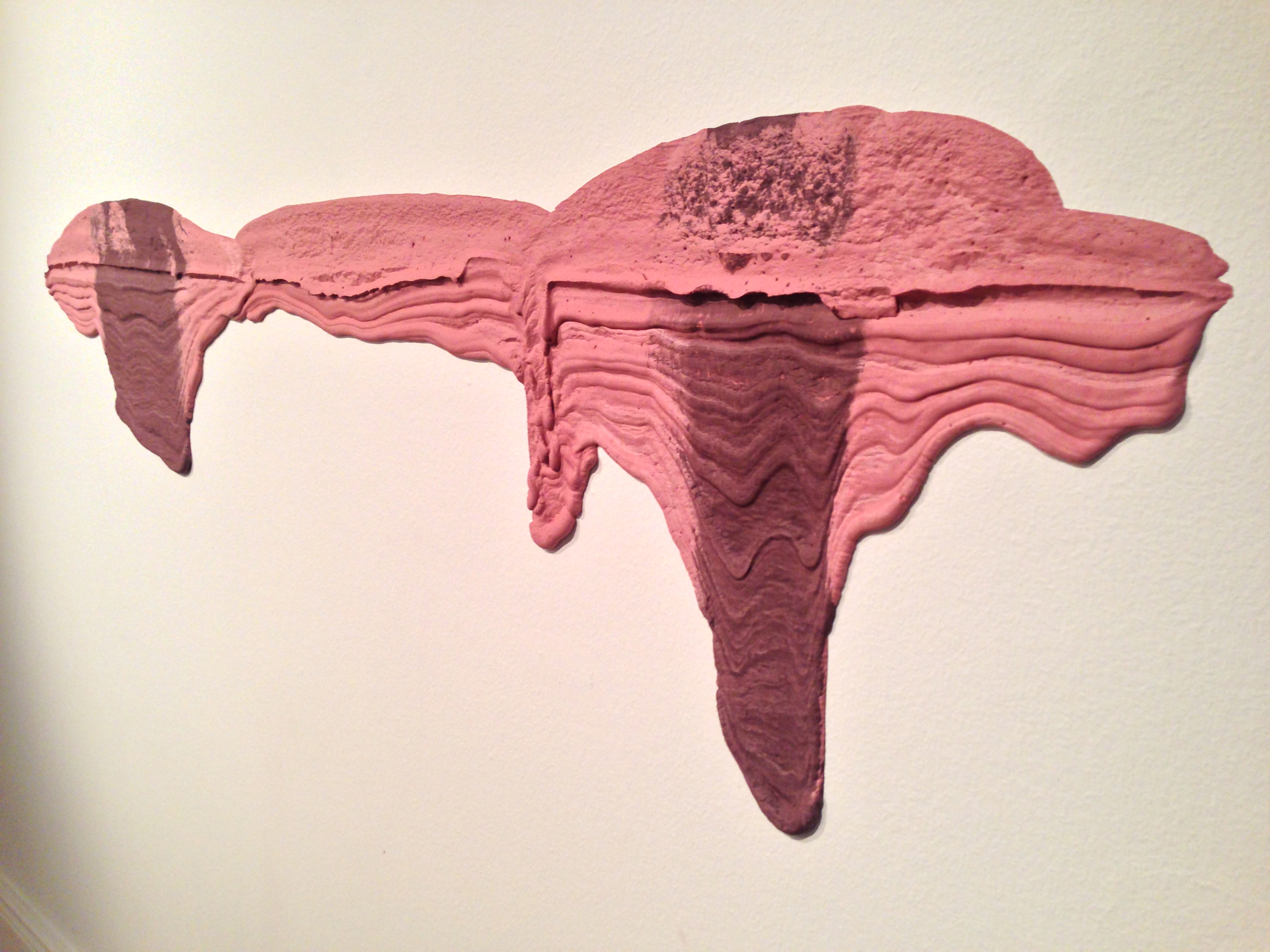


other exhibitions
Axel Straschnoy, Beto De Volder, Clorindo Testa, Emilio Pettoruti, Enio Iommi, Esteban Pastorino, Gyula Kosice, Manuel Espinosa, Marcela Cabutti, Matilde Marin, Rogelio Polesello, Romina Ressia, Romulo Macció · 12.12.2023 - 15.02.2024
Indefinit

Axel Straschnoy · 02.11.2023 - 29.12.2023
Brave the Heavenly Breezes

André Komatsu, Enio Iommi, Clorindo Testa · 23.08.2023 - 31.10.2023
Hiato

Mariela Vita · 12.07.2023 - 16.08.2023
GEJIGEJI
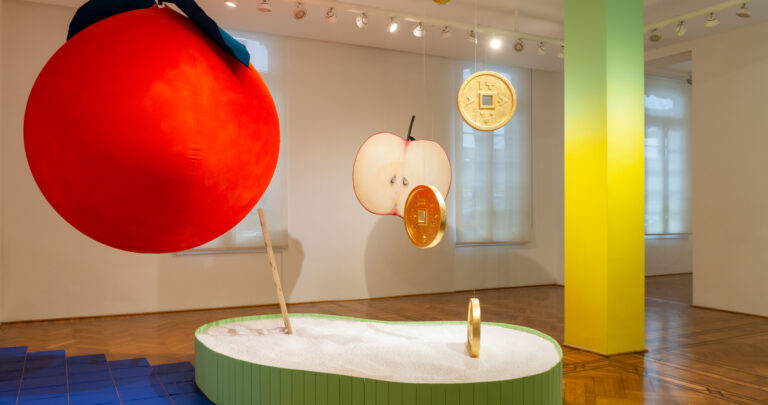
Polesello, Aizenbeg, Kosice, Vardanega, Le Parc, Iommi, Puente, Arden Quin, Espinosa, Demarco, Straschnoy, De Volder, Pastorino, Imola, Batistelli, Cabutti, Reyna · 09.02.2023 - 15.03.2023
Eléctrico/ ecléctico

Fabiana Imola & Aníbal Brizuela · 16.09.2022 - 02.12.2022
Inside, the shapes. They move alone

Romina Ressia · 09.06.2022 - 25.08.2022
Grow flowers

Martín Reyna · 11.03.2022 - 03.06.2022
Color in transit

Matilde Marín · 08.02.2022 - 02.03.2022
25FPS

Clorindo Testa · 11.11.2021 - 31.01.2022
Testa, projects and other games

Cabutti, De Volder, Reyna, Imola, Ventoso, Ressia. · 05.10.2021 - 22.10.2021
Group Show 2021 II

Matilde Marín · 23.07.2015 - 21.09.2015
Undetermined landscapes

Marcela Cabutti · 16.07.2021 - 22.09.2021
Balcarce, topographic memories of a landscape

Benito Laren · 12.05.2012 - 22.06.2012
Casino

Lila Siegrist · 26.06.2012 - 27.08.2012
Vikinga Criolla

Cárdenas, Imola, Marin, Res, Sommerfelt, Ventoso · 10.08.2012 - 11.10.2012
Morphological confrontations

Martin Reyna · 20.09.2012 - 20.11.2012
Reyna in the horizon of color

Romina Orazi · 04.12.2012 - 04.02.2013
Subject to infinite division

Aizenberg, Boto, Espinosa, Iommi, Lozza, Le Parc, Kosice, Silva, Tomasello, Vardánega · 01.06.2013 - 31.07.2013
Dimensional

Antoniadis, Marín · 07.09.2013 - 07.11.2013
Double contrast

Andrés Sobrino · 28.03.2013 - 30.05.2013
Andrés Sobrino

Antoniadis, Cabutti, Laren, Reyna, Florido, Sobrino, Straschnoy, Tarazona, Ventoso · 20.12.2013 - 15.02.2014
Universus

Marcela Cabutti · 15.07.2014 - 15.09.2014
Finding meaning through shapes

Axel Straschnoy · 12.11.2014 - 19.01.2015
La Figure de la Terre

Fusilier, León, Quesada Pons y Vega · 15.03.2015 - 30.04.2015
Limbo

Luciana Levington · 28.05.2015 - 24.07.2015
Luciana Levinton
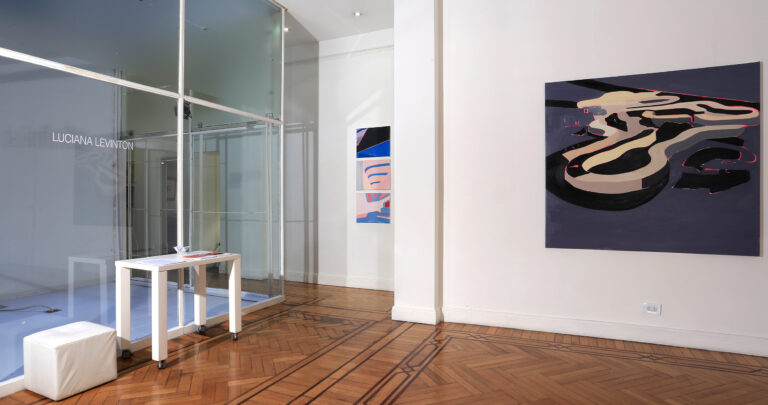
Leo Battitelli · 12.11.2015 - 12.01.2016
Gargalhadas

Hasper, Scafati · 10.02.2016 - 11.04.2016
Womens’ double
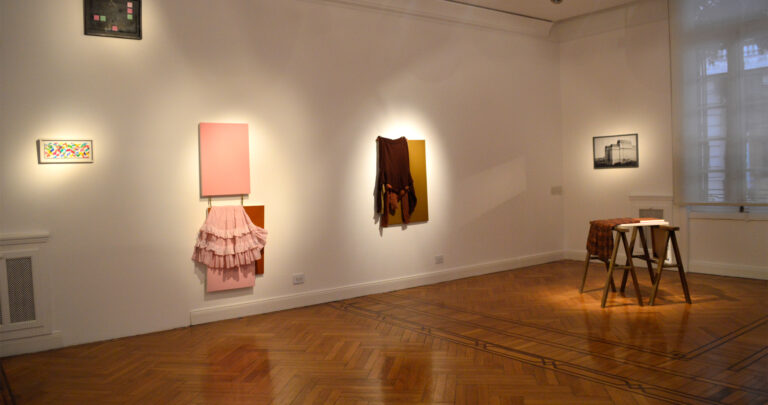
Axel Straschnoy · 12.05.2016 - 13.06.2016
Today, great tomorrow!, in the pines wind blows from the past.

Arden Quin, Boto, Demarco, Espinosa, Iommi, Le Parc, Lozza, Polesello, Puente, Silva, Testa, Tomasello · 07.06.2016 - 05.08.2016
Masters of the avant-garde

De Volder, Sobrino · 11.08.2016 - 10.10.2016
Andres Sobrino and Beto De Volder

Battistelli, Cabutti, Cacchiarelli, Sobrino, De Volder · 02.01.2017 - 28.02.2017
2017 Group Show

Fabiana Imola · 28.02.2017 - 14.04.2017
The forest, the rain and other scenes

Alberto Heredia · 06.09.2017 - 11.10.2017
Alberto Heredia
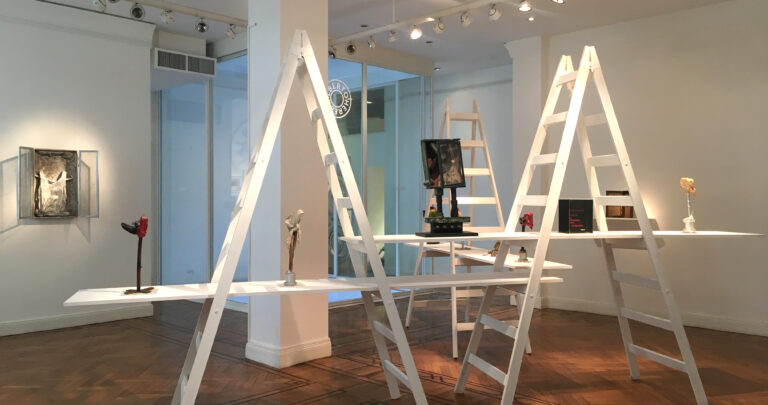
Federico Manuel Peralta Ramos · 31.10.2017 - 29.12.2017
Federico Manuel Peralta Ramos

Marcela Cabutti · 10.11.2017 - 31.01.2018
About the effective distance between objects

Luciana Rondolini · 15.02.2018 - 15.04.2018
End

Estanislao Florido · 27.04.2018 - 01.07.2018
The disenchanted object

Battistelli, Cabutti, Marín, Straschnoy, Ventoso, De Volder · 06.07.2018 - 31.08.2018
2018 Group Show

Rogelio Polesello · 06.09.2018 - 20.12.2018
Vortex

Cabutti, Imola, Marín, Reyna, Rondolini, Straschnoy, De Volder · 27.02.2019 - 03.04.2019
2019 Group Show

Alberto Greco · 04.04.2019 - 31.08.2019
The bad handwriting

Matilde Marín · 25.09.2019 - 31.12.2019
As the blue smoke of Ítaca is spotted

Esteban Pastorino · 10.09.2020 - 29.01.2021
Pastorino

Marín, Imola, De Volder, Reyna, Florido, Straschnoy, Pastorino · 08.02.2021 - 01.04.2021
2021 Group Show

Alberto Greco · 06.04.2021 - 30.06.2021
LA PITTURA È FINITA. Poses and impostures of Alberto Greco in Italy
